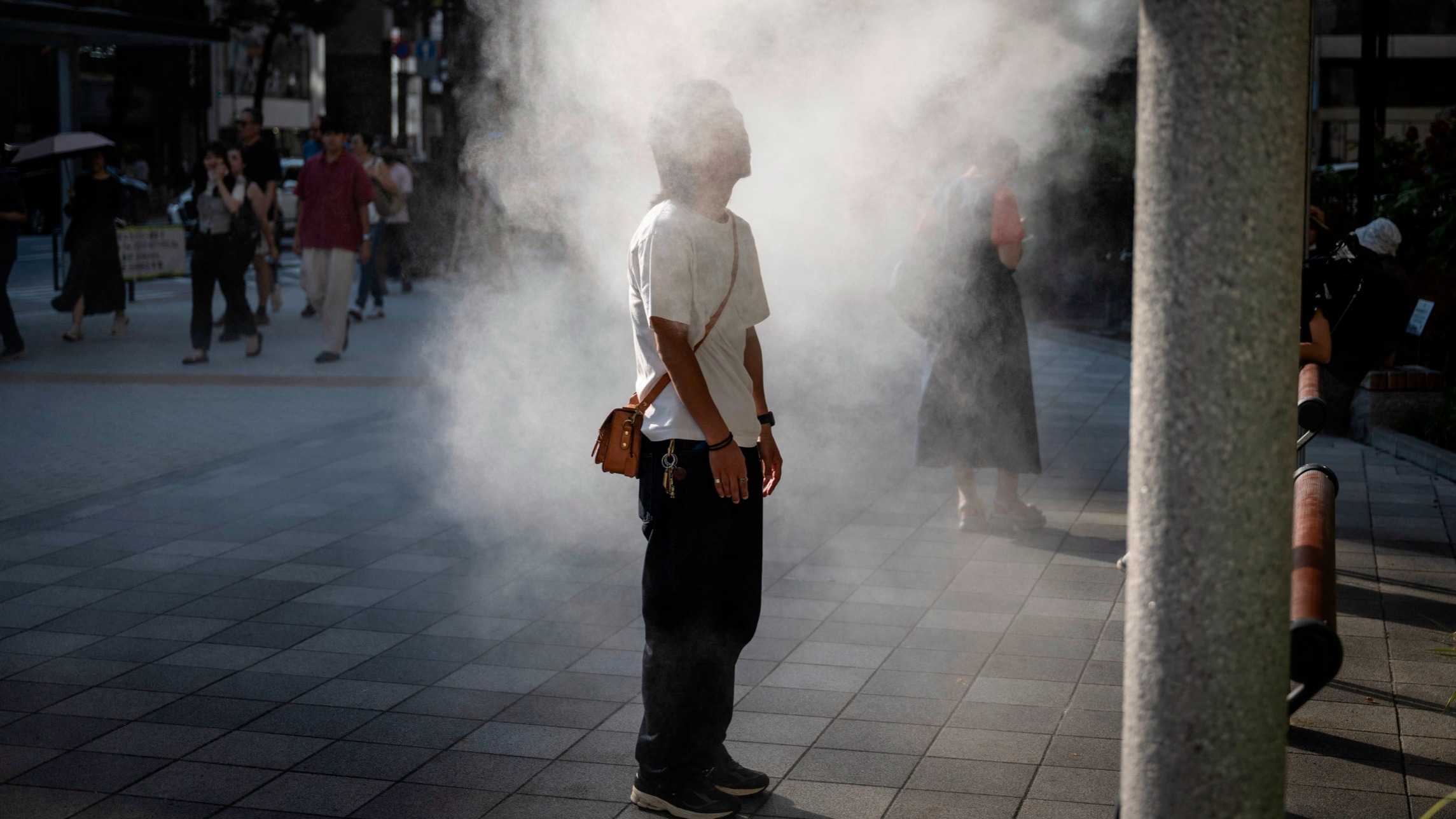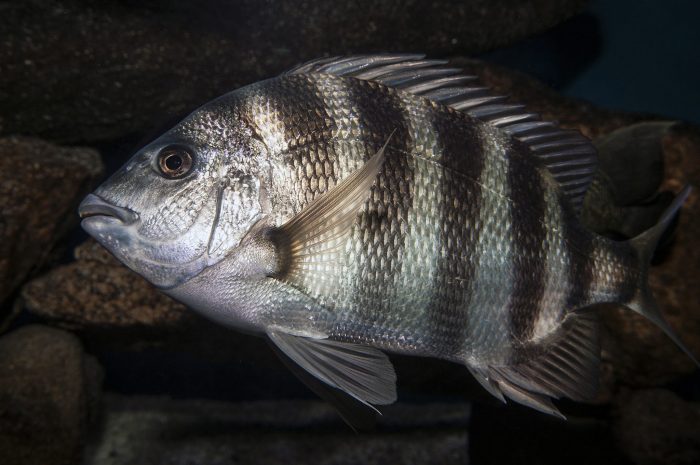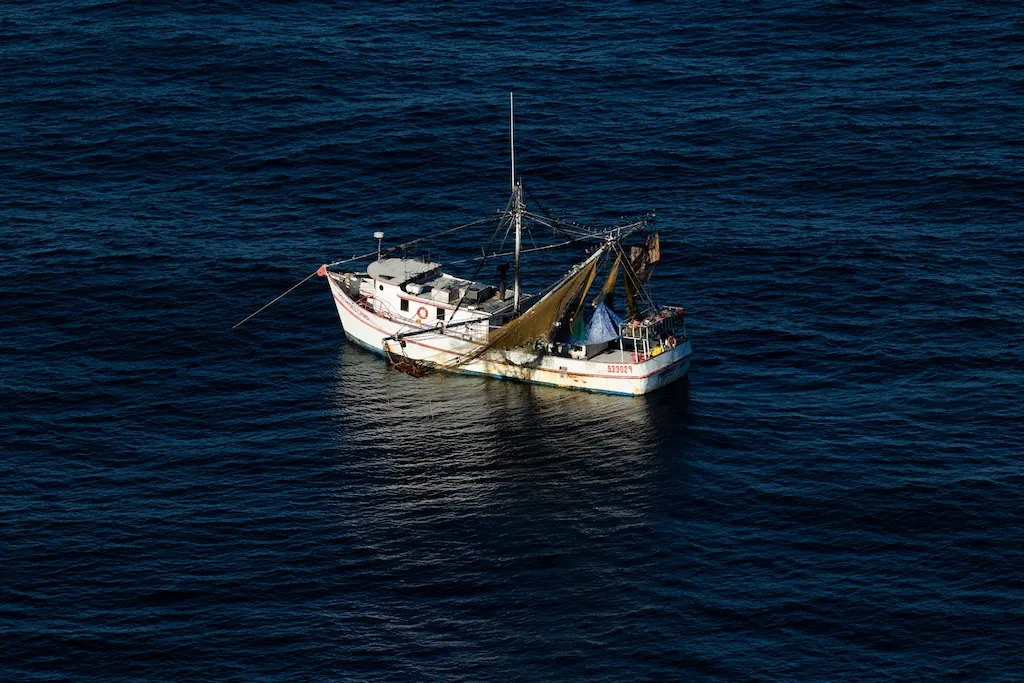Report on the Establishment of Marine Refuges in Haida Gwaii and Alignment with Sustainable Development Goals
1.0 Introduction
On October 17, 2025, a formal announcement was made by the President of the Haida Nation, Gaagwiis Jason Alsop, and Canada’s Minister of Fisheries, the Honourable Joanne Thompson, regarding the establishment of two new marine refuges in Haida Gwaii, British Columbia. This initiative, a collaboration between an Indigenous Nation and the Canadian government, directly supports several United Nations Sustainable Development Goals (SDGs), particularly those concerning marine conservation, biodiversity, and partnerships.
2.0 Project Details
The establishment of these marine refuges is a component of the Great Bear Sea Project Finance for Permanence initiative. The project’s governance structure involves co-management by the Council of the Haida Nation and Fisheries and Oceans Canada, representing a significant step in Indigenous-led marine conservation.
- G̲aw K̲áahlii Marine Refuge (Masset Inlet): Encompasses an area of 22.42 km².
- X̲aana K̲aahlii Marine Refuge (Skidgate Inlet): Encompasses an area of 7.16 km².
The total protected area amounts to over 29 km² of critical marine and coastal habitat.
3.0 Contribution to Sustainable Development Goal 14: Life Below Water
The primary objective of the marine refuges is the conservation and sustainable use of marine resources, directly aligning with SDG 14. The initiative contributes to the following targets:
- Target 14.2: By protecting and managing marine and coastal ecosystems, the refuges safeguard critical habitats such as eelgrass beds and estuaries from significant adverse impacts.
- Target 14.5: The creation of these refuges contributes to the goal of conserving at least 10 percent of coastal and marine areas.
- Protected Marine Species: The refuges provide protection for key marine life, including salmon, herring, harbor seals, and killer whales, which are vital to the local ecosystem’s health and resilience.
4.0 Contribution to Sustainable Development Goal 15: Life on Land
While marine-focused, the refuges provide essential protection for coastal and avian biodiversity, supporting SDG 15, which aims to protect, restore, and promote the sustainable use of terrestrial ecosystems.
- Habitat Protection: The refuges protect estuary ecosystems and stopover habitats essential for numerous bird species.
- Species Conservation: The initiative specifically benefits avian populations, including nesting Black Oystercatchers and migratory Western Sandpipers, thereby contributing to halting biodiversity loss.
5.0 Advancement of SDG 17 and SDG 10: Partnerships and Reduced Inequalities
This project exemplifies the principles of SDG 17 (Partnerships for the Goals) and SDG 10 (Reduced Inequalities) through its collaborative and Indigenous-led framework.
- SDG 17: The co-management agreement between the Haida Nation and the Government of Canada is a model for effective partnerships between public and Indigenous governing bodies to achieve sustainable development objectives.
- SDG 10: By advancing reconciliation and empowering Indigenous-led conservation, the initiative supports the social and political inclusion of Indigenous peoples, a key target for reducing inequalities.
6.0 Conclusion
The establishment of the G̲aw K̲áahlii and X̲aana K̲aahlii Marine Refuges is a significant achievement in marine conservation. It demonstrates a successful model for achieving environmental protection goals while advancing social and governance objectives. The project’s alignment with SDGs 14, 15, 17, and 10 underscores its importance not only for regional biodiversity but also as a contribution to global sustainability and reconciliation efforts.
Analysis of Sustainable Development Goals in the Article
1. Which SDGs are addressed or connected to the issues highlighted in the article?
- SDG 14: Life Below Water – This is the most prominent SDG, as the article’s central theme is the establishment of two new marine refuges to protect marine and coastal ecosystems.
- SDG 15: Life on Land – The article discusses the protection of biodiversity, including various bird species (Black Oystercatchers, Western Sandpipers) and estuary ecosystems, which connects to the broader goal of protecting life on land and halting biodiversity loss.
- SDG 16: Peace, Justice and Strong Institutions – The initiative is framed as a way to “advance reconciliation” and involves co-management between an Indigenous nation and the federal government, highlighting inclusive and participatory decision-making.
- SDG 17: Partnerships for the Goals – The collaboration between the Haida Nation and the Government of Canada to establish and co-manage the marine refuges is a clear example of a partnership for sustainable development.
2. What specific targets under those SDGs can be identified based on the article’s content?
-
SDG 14: Life Below Water
- Target 14.2: “sustainably manage and protect marine and coastal ecosystems to avoid significant adverse impacts.” The article directly addresses this by announcing the establishment of the G̲aw K̲áahlii and X̲aana K̲aahlii Marine Refuges to provide protection for “eelgrass and estuary ecosystems” and “essential stopover habitat for many migratory birds.”
- Target 14.5: “conserve at least 10 per cent of coastal and marine areas.” The creation of these marine refuges, covering “over 29 km²,” is a direct contribution to increasing the coverage of marine protected areas.
-
SDG 15: Life on Land
- Target 15.5: “Take urgent and significant action to reduce the degradation of natural habitats, halt the loss of biodiversity and… protect and prevent the extinction of threatened species.” The article states the refuges will protect habitats for a wide range of wildlife, including “Black Oystercatchers,” “Western Sandpipers,” “salmon,” “herring,” “harbor seals,” and “killer whales,” thereby contributing to halting biodiversity loss.
-
SDG 16: Peace, Justice and Strong Institutions
- Target 16.7: “Ensure responsive, inclusive, participatory and representative decision-making at all levels.” The article highlights that the initiative aims to “advance reconciliation and Indigenous-led marine conservation” and that the refuges “will be co-managed by the Council of the Haida Nation along with Fisheries and Oceans Canada,” which exemplifies an inclusive and participatory governance model.
-
SDG 17: Partnerships for the Goals
- Target 17.17: “Encourage and promote effective public, public-private and civil society partnerships.” The formal announcement by the “President of the Haida Nation, Gaagwiis Jason Alsop, and Canada’s Minister of Fisheries, the Honourable Joanne Thompson,” represents a strong public-public partnership between an Indigenous government and a federal government.
3. Are there any indicators mentioned or implied in the article that can be used to measure progress towards the identified targets?
- Indicator for Target 14.5: The article provides a direct, quantitative indicator for the “Coverage of protected areas in relation to marine areas.” It specifies the exact size of the new protected areas: “22.42 km² G̲aw K̲áahlii Marine Refuge” and “7.16 km² X̲aana K̲aahlii Marine Refuge,” for a total of over 29 km².
- Indicator for Target 15.5: While not providing a numerical value like the Red List Index, the article implies progress by listing the specific species that will benefit from habitat protection. The protection of habitats for “Black Oystercatchers,” “Western Sandpipers,” “salmon,” and “killer whales” serves as a qualitative indicator of actions taken to protect biodiversity.
- Indicator for Targets 16.7 and 17.17: The existence of a formal co-management agreement is a key indicator. The article states that the “marine refuges will be co-managed by the Council of the Haida Nation along with Fisheries and Oceans Canada.” This formal structure serves as a concrete indicator of an inclusive partnership and participatory decision-making process.
4. SDGs, Targets, and Indicators Table
| SDGs | Targets | Indicators Identified in the Article |
|---|---|---|
| SDG 14: Life Below Water | 14.5: Conserve coastal and marine areas. | Total area of new marine refuges established: “over 29 km²” (specifically 22.42 km² and 7.16 km²). |
| SDG 15: Life on Land | 15.5: Halt biodiversity loss and protect threatened species. | Protection of habitat for specific species mentioned: Black Oystercatchers, Western Sandpipers, salmon, herring, harbor seals, and killer whales. |
| SDG 16: Peace, Justice and Strong Institutions | 16.7: Ensure inclusive and participatory decision-making. | Establishment of a co-management structure between the Council of the Haida Nation and Fisheries and Oceans Canada. |
| SDG 17: Partnerships for the Goals | 17.17: Encourage and promote effective partnerships. | Formal partnership between the Haida Nation and the Government of Canada for “Indigenous-led marine conservation.” |
Source: audubon.org







